The company’s crewed mission, set for later this month, will help support missions to Mars.
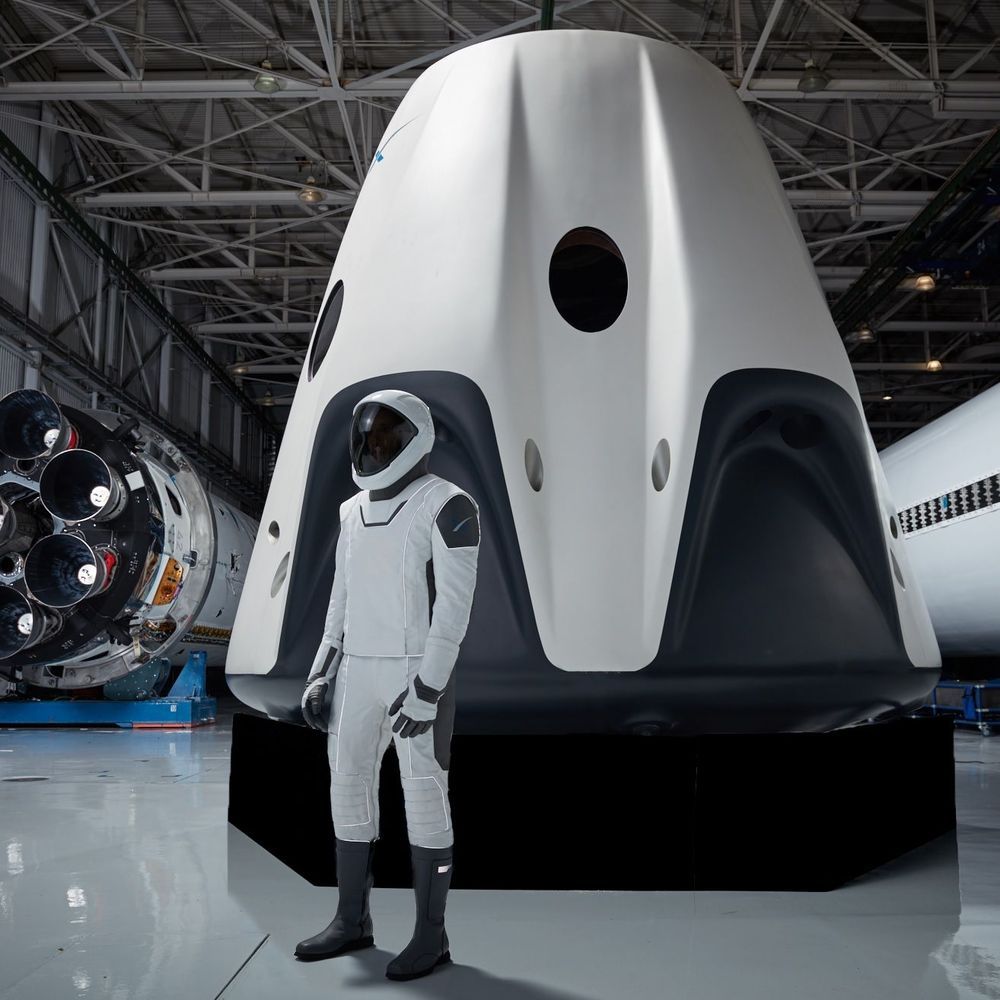


Murphy’s Law: Everything that can go wrong will in fact go wrong.
Here is how to set the table for Murphy’s Law and become the epic center in the world for the COVID-19:
A. Eliminate the entire global health security team at the White House. Their job? Managing pandemics like COVID-19.
B. Misidentify the origin of COVID-19 as China, when the evidence says it came from France.
C. Check all Chinese at the Airport, while letting all Europeans enter the USA without being checked, bringing the COVID-19 virus in with them.
A doctor in the Paris region says one of his patients who was diagnosed with pneumonia in December was, in fact, infected with Covid-19. The report, which is due to be published in detail this week, would make it the first known case of the disease in France – a month earlier than previously thought.

Beijing’s desire to turn the South China Sea into a personal lake for President Xi Jinping is getting pushback from an unexpected source, the United State Marine Corps. When people think of the Marines, they generally think of assault troops and aggressive attacks on fortified positions, so sea control might seem a stretch for the Corps.
But Marines are adaptive. Actually, the Marines are going back to the future. The seizure and defense of advanced naval bases has been a major part of the Marine Corps’ mission for over a century; but since World War II, the seizure portion — better known as amphibious warfare — has overshadowed the defensive mission. The Marine Corps commandant, Gen. David Berger, is rebalancing the Marine Corps for a closer integration with the Navy after the two sea services had drifted apart for several decades.
To understand this, we need to understand the threat posed by Chinese build-up in the Indo-Pacific Region.
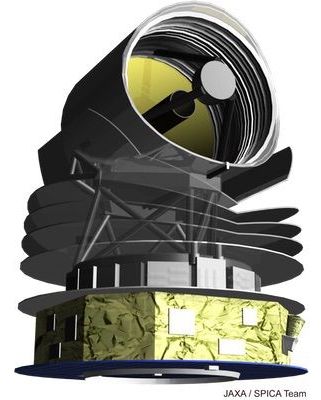
The ESA’s fifth call for medium-class missions (M5) is in its full study phase. Three finalists, EnVision, SPICA, and THESEUS, remain from more than two dozen proposals. A selection will be made in the summer of 2021, with a launch date tentatively set for 2032. In February, the author attended the EnVision conference in Paris, and reported on the progress of that consortium. The THESEUS meeting is meant to be in Malaga, Spain, in May, and the SPICA collaboration was scheduled for March 9–11 in Leiden, The Netherlands. Unfortunately, the COVID-19 pandemic intervened and the physical meeting was cancelled. Instead, the group met via Zoom teleconference.
Cosmic Vision is the moniker for the ESA’s current space science campaign. Formulated in 2005, it succeeded the Horizon 2000 Plus campaign and described a number of different mission classes in the fields of astronomy, solar system exploration, and fundamental physics beyond 2015. Early on, it was decided that their overall scientific goals would center around four fundamental questions:
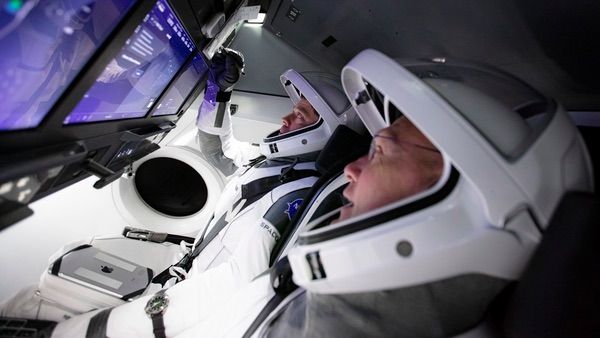
The last time NASA launched astronauts from the Kennedy Space Center, hundreds of thousands of people showed up to watch the final flight of the space shuttle in July 2011. The expectation, by NASA and others, was that similar crowds would show up when commercial crew flights finally began. The large crowds that showed up for launches like the first Falcon Heavy mission in 2018 or even relatively routine cargo launches appeared to confirm that belief, and NASA was planning for big crowds, not just of the public outside the gates of KSC but also official guests and working media inside, for a historic mission.
Then came the pandemic, and all those plans went out the window.
Now NASA is in the unusual, but understandable, position of telling people not to witness in person one of the agency’s biggest missions in the last decade. “We are asking people to watch from home,” NASA administrator Jim Bridenstine said Friday in a media teleconference about the upcoming SpaceX Demo-2 commercial crew mission.
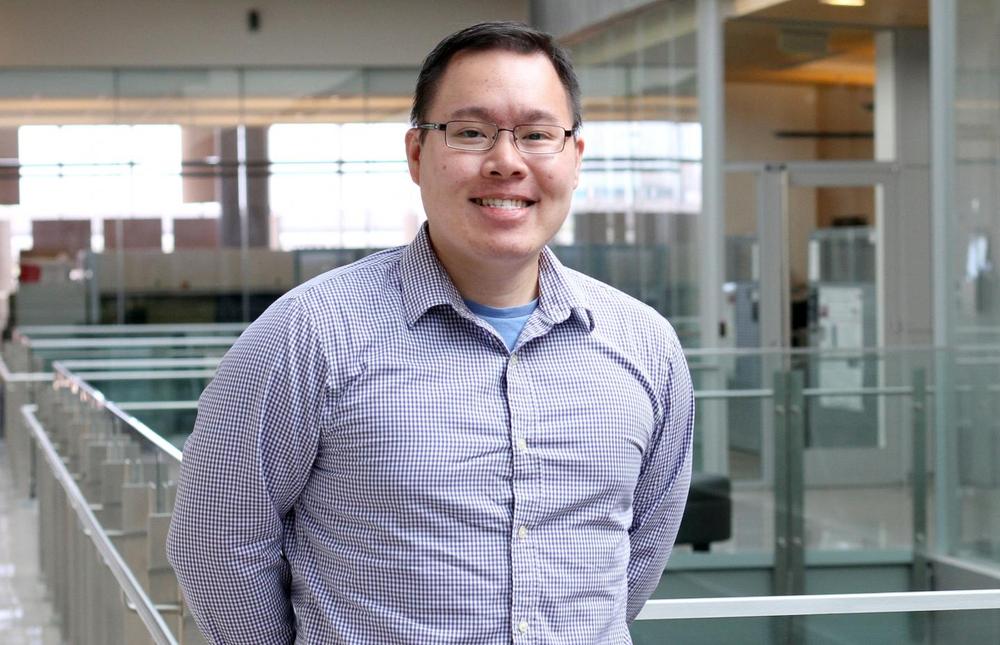
To trace the trail of the virus worldwide, Lim’s team is using a new technology called next-generation sequencing at ASU’s Genomics Facility, to rapidly read through all 30,000 chemical letters of the SARS-CoV-2 genetic code, called a genome.
Each sequence is deposited into a worldwide gene bank, run by a nonprofit scientific organization called GISAID. To date, over 16,000 SARS-CoV-2 sequences have been deposited GISAID’s EpiCoVTM Database. The sequence data shows that SARS-CoV-2 originated a single source from Wuhan, China, while many of the first Arizona cases analyzed showed travel from Europe as the most likely source.
Now, using a pool of 382 nasal swab samples obtained from possible COVID-19 cases in Arizona, Lim’s team has identified a SARS-CoV-2 mutation that had never been found before—where 81 of the letters have vanished, permanently deleted from the genome.
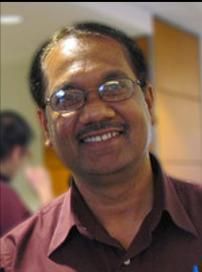


Most newly discharged patients who recently recovered from COVID-19 produce virus-specific antibodies and T cells, suggests a study published on May 3rd in the journal Immunity, but the responses of different patients are not all the same. While the 14 patients examined in the study showed wide-ranging immune responses, results from the 6 of them that were assessed at two weeks after discharge suggest that antibodies were maintained for at least that long. Additional results from the study indicate which parts of the virus are most effective at triggering these immune responses and should therefore be targeted by potential vaccines.
It is not clear why immune responses varied widely across the patients. The authors say this variability may be related to the initial quantities of virus that the patients encountered, their physical states, or their microbiota. Other open questions include whether these immune responses protect against COVID-19 upon re-exposure to SARS-CoV-2, as well as which types of T cells are activated by infection with the virus. It is also important to note that the laboratory tests that are used to detect antibodies to SARS-CoV-2 in humans still need further validation to determine their accuracy and reliability.
“These findings suggest both B and T cells participate in immune-mediated protection against the viral infection,” says co-senior study author Chen Dong of Tsinghua University. “Our work has provided a basis for further analysis of protective immunity and for understanding the mechanism underlying the development of COVID-19, especially in severe cases. It also has implications for designing an effective vaccine to protect against infection.”
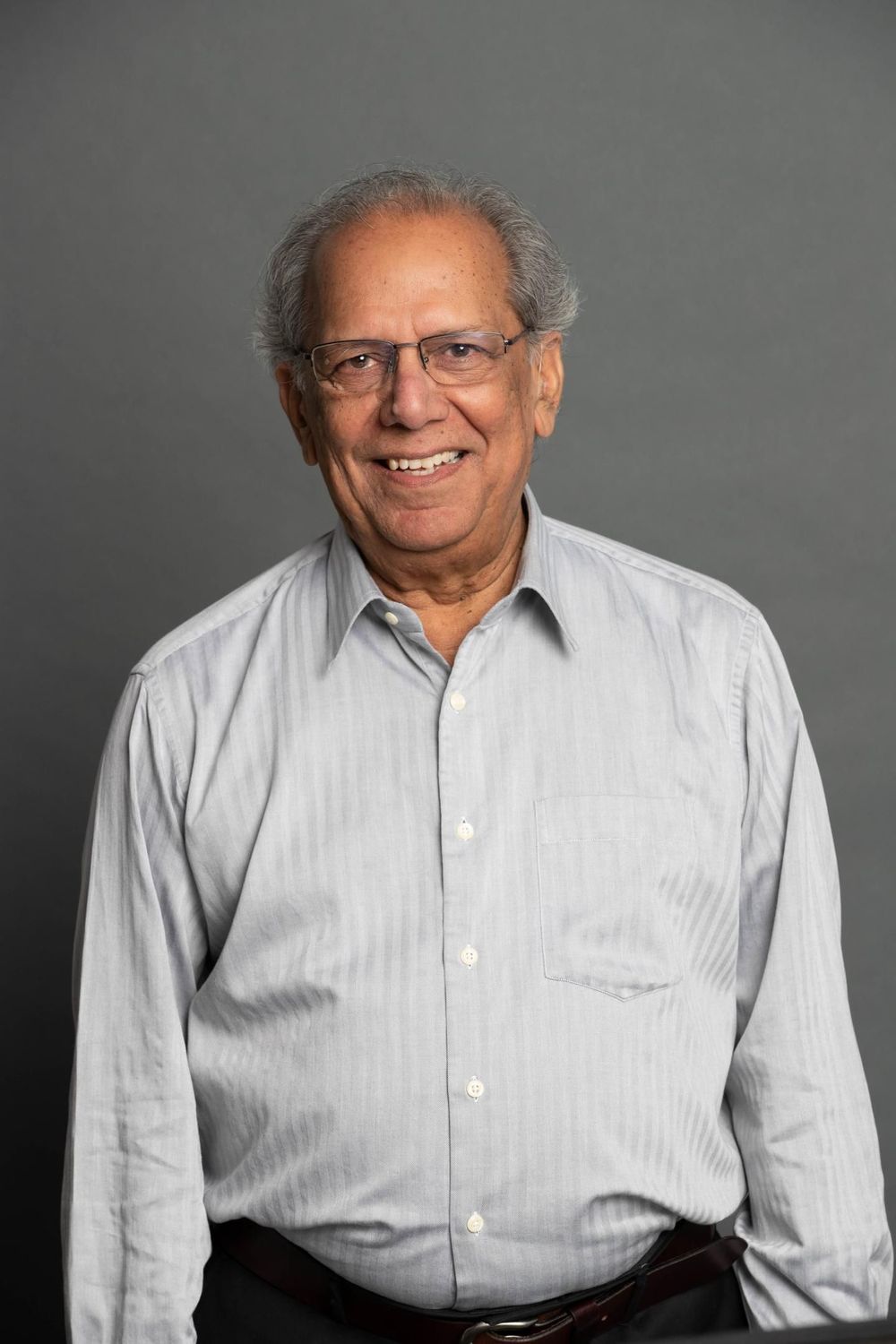
The breakthrough, which identified the location and function of every human gene, offered the promise of medical care tailored specifically to individual patients, based on their personal genetic makeup.
When researchers identified a gene associated with a 44 per cent risk of breast cancer in women, for example, it seemed that protecting them might be as simple as deactivating that gene.
But the promise of such personalized medicine has not fully materialized, say two McMaster researchers, because the full sophistication of the genetic blueprint has a more complex and far-reaching influence on human health than scientists had first realized.